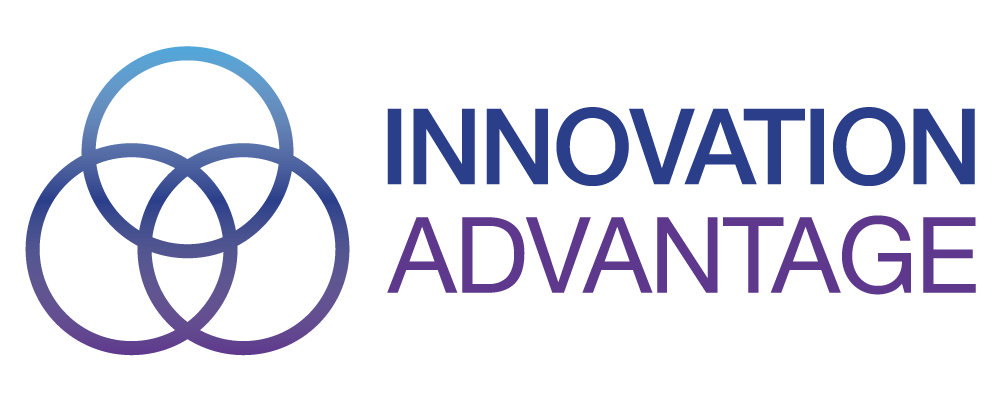Empowering Nurses Through Technology: Tools for Simplifying Workflows and Engagement
Introduction
The role of nursing is complex, underappreciated, and not very well understood outside of nursing. However, the demands of this role can be overwhelming, with extended hours, complex tasks, non-stop work, and constant multitasking. In recent years, technology has emerged as a powerful ally in empowering nurses, offering tools and solutions to streamline workflows and boost engagement. This blog post delves into how technology transforms nursing, providing nurses with the resources they need to thrive in an ever-evolving healthcare landscape.
Electronic Health Records
Electronic Health Records have revolutionized how healthcare information is documented, stored, and accessed. EHRs provide nurses with a centralized platform to review patient records, track vital signs, input clinical notes, and coordinate care plans seamlessly. By digitizing patient data, nurses can spend less time on paperwork and administrative tasks, allowing them to focus more on direct patient care. Moreover, EHRs facilitate communication and collaboration among healthcare teams, ensuring that vital information is accessible to all stakeholders in real time. Yet, documentation takes too much time, and finding ways to simplify the process is a top priority for many technology companies and healthcare institutions. This is an area where artificial intelligence can improve nurses’ work.
Virtual Nursing
The integration of technologies in healthcare has allowed for the creation of hybrid care delivery for inpatients and has provided the opportunity for a new kind of nursing. The virtual nurse uses technology to support bedside nurses, assist patients, and streamline documentation. A single virtual nurse can act as a force multiplier for several bedside nurses, enhancing their ability to provide care while making their jobs more manageable and enjoyable.
Telehealth and Remote Monitoring
Telehealth and remote monitoring technologies have gained traction recently, especially in light of the COVID-19 pandemic. These technologies allow nurses to provide virtual care and monitor patients receiving care in their homes, reducing the need for in-person visits. Telehealth platforms enable nurses to conduct video consultations, assess symptoms, and triage patients effectively from a distance. Additionally, remote monitoring devices can track patients’ vital signs, medication adherence, and activity levels, alerting nurses to potential issues in real-time and facilitating early intervention.
Virtual Reality Training
Virtual reality technology revolutionizes nurse education and training, offering multi-modal education through immersive and interactive learning experiences that simulate real-world scenarios. VR training allows nurses to practice clinical skills, such as patient assessment, wound care, and emergency response, in a risk-free environment. By replicating complex medical situations, VR simulations help nurses build confidence, develop muscle memory, enhance decision-making skills, and improve clinical outcomes. Moreover, VR training can be customized to address specific learning objectives, streamline orientation and onboarding, and cater to different learning styles, making it a valuable tool for nursing schools and hospitals.
Conclusion
Technology will transform nursing, equipping nurses with the tools and resources they need to deliver high-quality care in an increasingly complex healthcare environment. Innovative technologies are revolutionizing every aspect of nursing practice, from electronic health records and mobile applications to telehealth platforms and virtual reality training. By embracing these technologies, healthcare organizations can empower nurses to work more efficiently, engage with patients more effectively, and ultimately positively impact the health and well-being of individuals and communities. The key to successful technology adoption is having nurses involved up front in designing and developing technologies to ensure that they solve a real problem instead of just becoming another “solution looking for a problem.”

